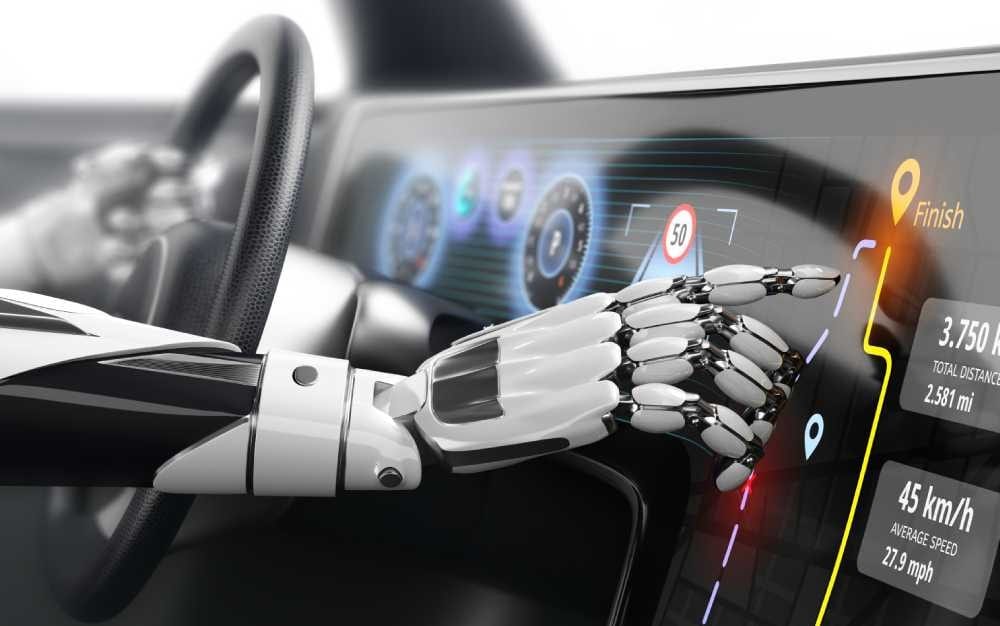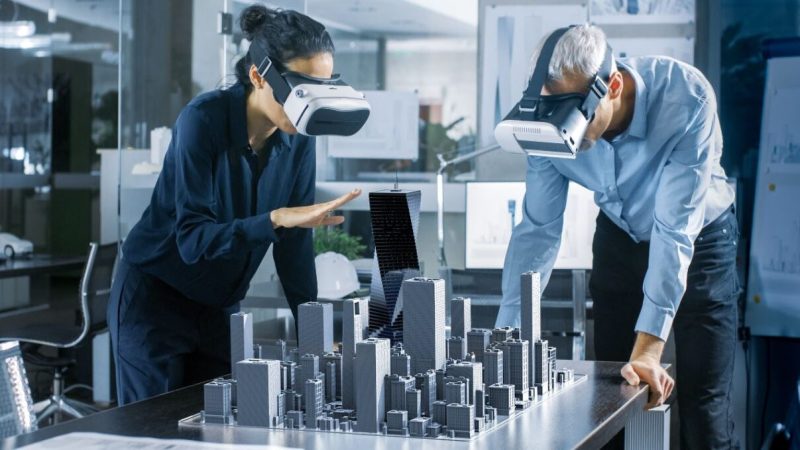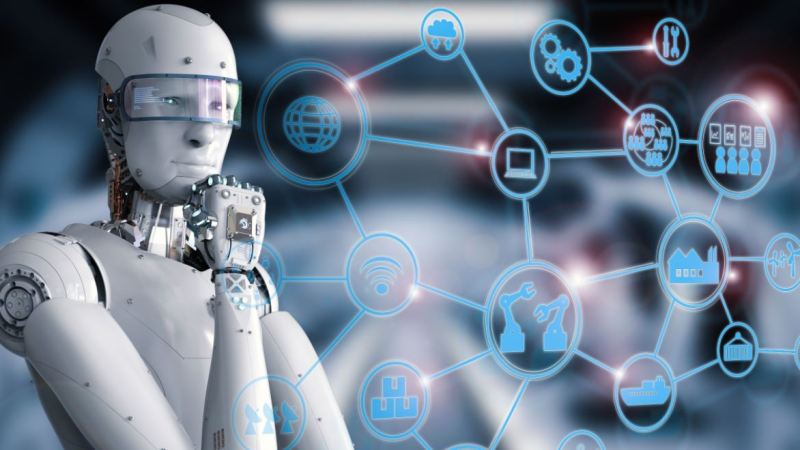Artificial intelligence, robotics and autonomous technology, weapons against the coronavirus

If it was already considered one of the central technologies in the current digital transformation landscape, in the face of the outbreak of the disease, artificial intelligence is demonstrating its potential (1). From Omdia Tractica, a market research company, it is pointed out that intelligent tools are “being used to help governments, researchers, and health organizations that want to contain the spread of the virus.”
Its possibilities range from prevention in early stages and its application in detection algorithms to big data analysis of patient history. For example, machine learning is being used by an e-government services firm and another Chinese travel company to deploy a solution to create risk profiles, which will be used to determine the exposure to the virus of Chinese visitors who go to Malaysia. And the Philippines. The firm GlobalData points to its potential in identifying possible outbreaks and in forecasting how they will spread.
They also remind Omdia Tractica that AI is being used to develop a vaccine or cure. Companies like Insilico Medicine use intelligent techniques to analyze the properties of different molecules and identify their potential and anticipate how they will respond to the virus. In alliance with other technologies, such as 5G networks, artificial intelligence can be applied to promote how connectivity and smart cities can control outbreaks, future pandemics, or emergencies.
The use of robotics and autonomous devices shows significant advantages by allowing elements to be managed by reducing direct contact between people. The sterilization robots, like those that the Chinese-born developer TMiRob has deployed in the leading hospitals in Wuhan, help in the containment at work in isolated areas by disinfecting the fields without the need for human intervention, recall from the analysis company GlobalData.
Drones are also showing their possibilities for transporting medicines and other necessary spare parts in outbreak areas, thanks to both the fact that they avoid the work of human personnel and their speed. Similarly, in the first days of spreading the disease, robots could be seen using a hotel in Hangzhou where quarantine was being carried out to distribute food throughout the rooms, minimizing contact with humans.
The up-to-date technology, the blockchain, also has its part of protagonism in work against the expansion of the coronavirus, as GlobalData points out. Blockchain-enabled services are being used in hospitals to “reduce time spent on administrative work and put front-line staff on the line.” This speeds up the work of processing specific interactions with patients to reduce the need for physical contact.
[Also Read: Where are all the data on the Internet stored?]






